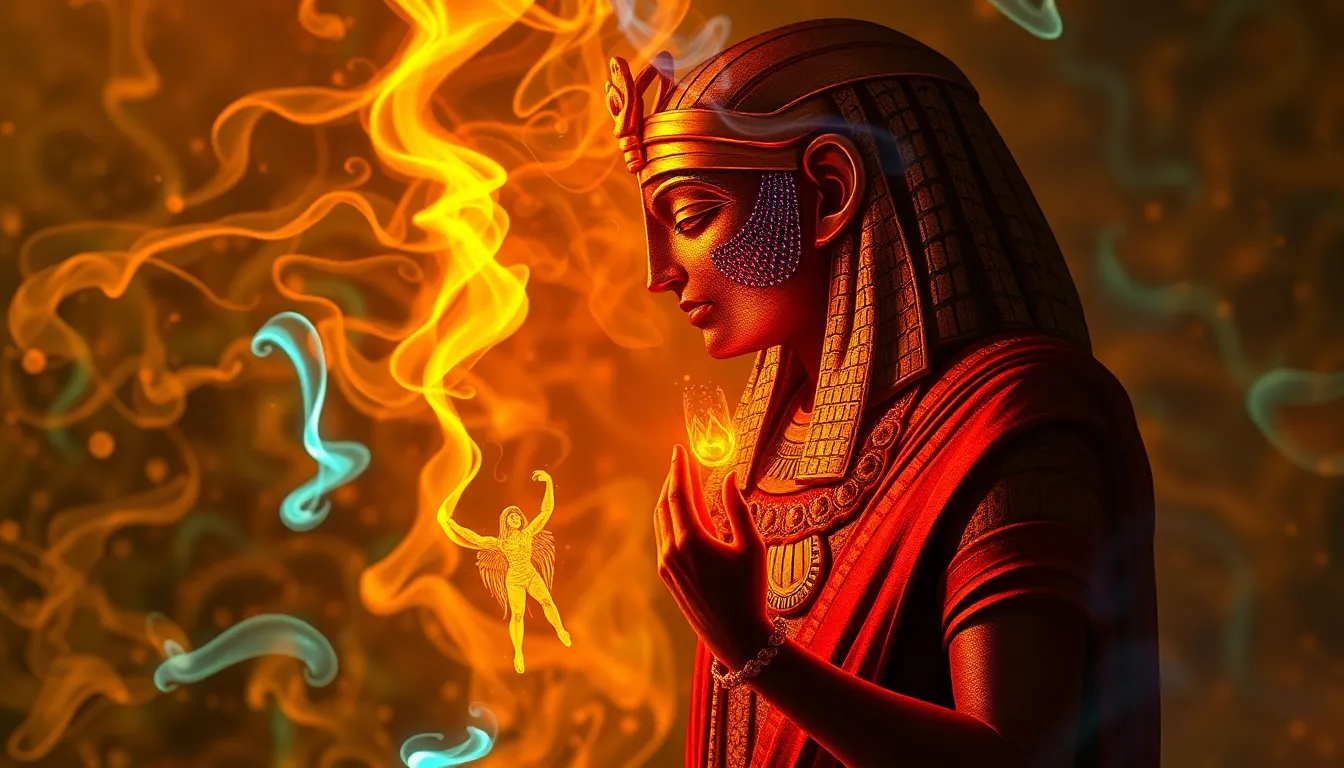Healing Practices: The Intersection of Medicine and Magic
I. Introduction
Healing practices encompass a wide range of methods and beliefs aimed at restoring health and well-being. Historically, these practices have been intertwined with elements of magic, spirituality, and cultural rituals. This article explores the intricate relationship between medicine and magic, examining how these two realms have evolved and influenced one another across different cultures and eras.
II. The Historical Context of Healing
Ancient civilizations developed various healing rituals that often combined practical medical knowledge with spiritual beliefs. The following points highlight key aspects of this historical context:
- Many ancient cultures, including the Egyptians, Greeks, and Chinese, utilized a combination of herbal remedies, physical therapies, and spiritual practices.
- Shamans and healers played vital roles in traditional societies, acting as intermediaries between the physical and spiritual worlds.
- Throughout history, medical practices have evolved, influenced by advancements in knowledge, cultural exchanges, and shifts in belief systems.
III. The Philosophy Behind Healing Practices
The philosophy underpinning healing practices often involves the mind-body connection, which emphasizes the relationship between mental states and physical health. Key concepts include:
- Understanding the mind-body connection: Many healing traditions assert that emotional and psychological states can significantly impact physical health.
- The role of belief and intention: The belief in the efficacy of a healing practice can enhance its effects, suggesting that intention plays a crucial role in the healing process.
- Comparison of frameworks: While scientific approaches focus on observable and measurable outcomes, magical frameworks often emphasize the spiritual and unseen forces at play.
IV. Traditional Medicine vs. Alternative Healing
Traditional medicine typically refers to established practices based on cultural heritage, while alternative healing encompasses various non-conventional methods. This section explores:
- Overview of traditional medical practices: These include practices such as Ayurveda, Traditional Chinese Medicine (TCM), and indigenous healing methods, which often utilize holistic approaches.
- Exploration of alternative healing methods: Techniques such as herbalism, acupuncture, energy healing, and homeopathy are examples of alternative practices that have gained popularity.
- The blending of approaches: Many practitioners today integrate both traditional and alternative methods, recognizing the value of a comprehensive approach to healing.
V. Case Studies of Medicine and Magic in Practice
Examining specific case studies can shed light on the practical intersection of medicine and magic across cultures:
- Examples from different cultures:
- Native American healing practices often involve rituals, songs, and the use of natural remedies.
- Ayurvedic medicine incorporates dietary guidelines, herbal treatments, and yoga to restore balance.
- Modern-day practitioners: Many holistic health practitioners today combine elements of conventional medicine with alternative techniques to provide comprehensive care.
- Success stories and testimonials: Numerous individuals have reported positive outcomes from treatments that blend traditional and alternative practices, highlighting the potential for effective healing.
VI. The Science of Healing: Bridging the Gap
The modern medical landscape is evolving, with increasing interest in the efficacy of alternative healing methods. Key points include:
- Research on efficacy: Studies have shown promising results for various alternative practices, such as acupuncture and mindfulness meditation.
- Embracing holistic approaches: Many healthcare providers are beginning to integrate holistic practices into their treatment protocols, recognizing the importance of addressing the whole person.
- Interdisciplinary collaboration: The collaboration between traditional healers, alternative practitioners, and modern medical professionals can lead to better patient outcomes and a more comprehensive understanding of health.
VII. Ethical Considerations in Healing Practices
The integration of medicine and magic raises several ethical considerations, including:
- The potential for exploitation: Vulnerable patients may be misled by false claims of miraculous cures, necessitating critical scrutiny of practices.
- Respect and scientific scrutiny: Balancing respect for cultural healing practices with the need for scientific validation is essential to avoid dismissing valuable traditional knowledge.
- Patient autonomy: Informed consent is crucial; patients should be empowered to make choices about their healing paths based on accurate information.
VIII. Conclusion
In summary, healing practices represent a rich tapestry of traditions that intertwine medicine and magic. As we continue to explore the potential for a harmonious relationship between these realms, it is essential to recognize the value of both traditional wisdom and modern scientific understanding. The future of healing practices lies in embracing diversity, fostering collaboration, and ensuring ethical integrity within the healing landscape.




